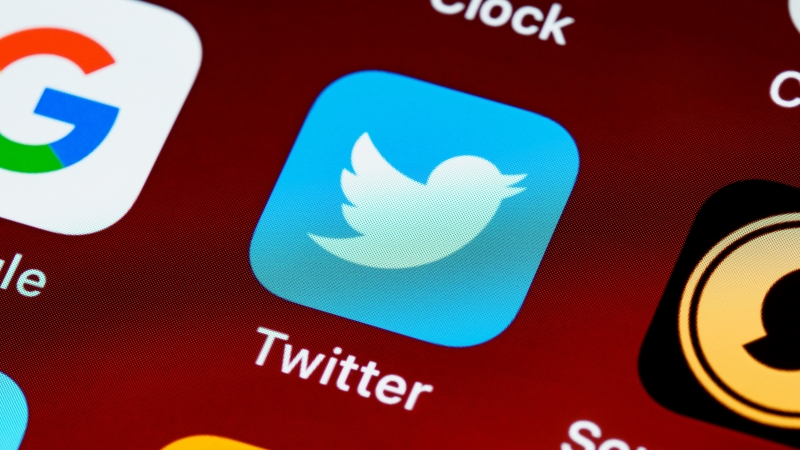The micro-blogging service Twitter is updating its guidelines. In the future, users will be able to delete unauthorized photos of themselves more easily. Critics fear that the new function will be abused. We explain the background.
Twitter is expanding its “private information policy”. So far, it only covers personal content about people. In the future, however, sharing photos and videos without permission will also be prohibited.
However, there are exceptions. For example, it is sufficient to obtain permission from the users concerned to post a photo or video of them. The platform also turns a blind eye to public figures.
Many exceptions in the new Twitter policy
As strict as the new Twitter policy may sound at first, however, there are many special rules. If there is a public interest in the content being shared, or it involves publicly relevant people – such as politicians – users may continue to share photos and videos without permission.
So the new policy doesn’t mean you always have to get consent from people pictured. The social network also generally assumes consent is in place until a tweet is reported.
So with the new rules, Twitter is targeting a specific type of content. Above all, the platform wants to restrict tweets whose only goal is to harm, harass or expose people.
How to delete unauthorized photos and videos
To have content removed, you need to report it directly to Twitter. It must be done directly by the person concerned or by an authorized representative.
In an English-language official blog post, the microblogging service describes in detail why it is taking this step. According to the post, the new policy is part of the ongoing alignment of community standards with human rights.
According to Twitter, the existing rules cover many other aspects. However, the new guidelines are intended to protect users even more strongly against abuse, harassment and threats on the Internet.
Criticism from authors – fear of censorship
The new Twitter policy seems justified. Nevertheless, there is already initial criticism. In an interview with the British news channel BBC, for example, London street photographer Nick Turpin expressed concerns.
Among other things, he worries about documenting the public. This is because, especially in street photography, photos are taken without first obtaining the consent of the people depicted. Turpin also described the new directive as “sudden and shocking.”
The British civil liberties organization Big Brother Watch also believes the new rules are “poorly drafted and too broad.” It would “inevitably” lead to online censorship and could be “abused.”
Abuse by far-right groups
The Washington Post also reports the first abuse of the new rule. According to the report, right-wing extremists and neo-Nazi groups used the rule against extremism researchers shortly after it went into effect.
According to Twitter, these groups have called on their followers to report posts from accounts that seek to identify the participant:s of hate demonstrations.
Twitter spokesman Trenton Kennedy commented on this. According to the statement, the team was “overwhelmed” by a “significant number” of false reports. Errors occurred during the verification and blocking of some accounts.










